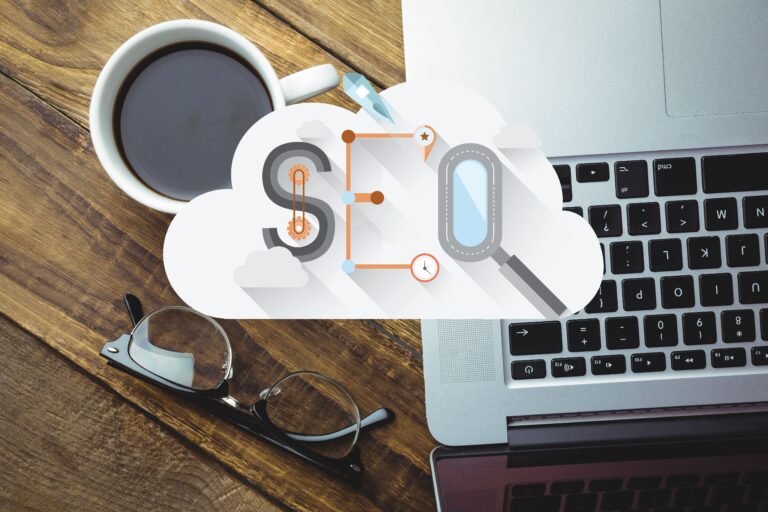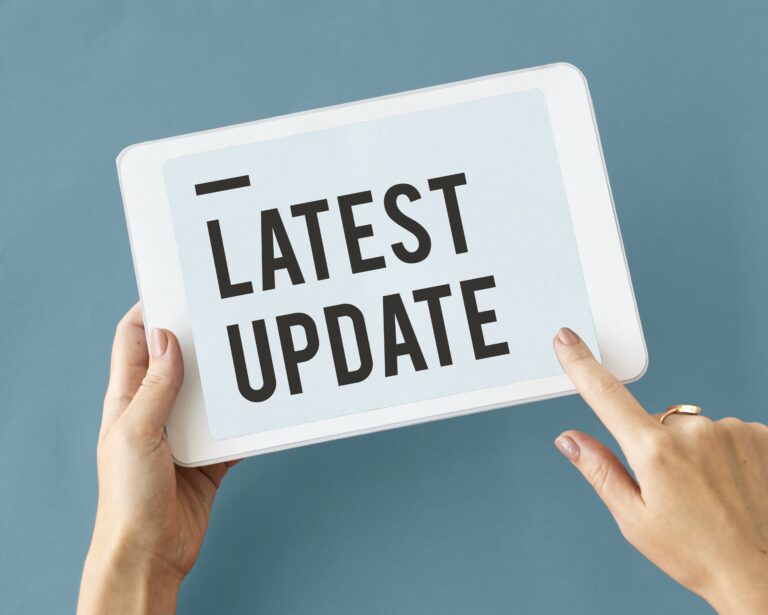Emailing is the first acquisition channel for SMEs and an essential marketing tool for marketers. It allows both attracting and retaining customers. In your marketing strategy, you should not overlook emailing. Using it correctly can allow you to achieve a high conversion rate, so convert prospects into customers. Email marketing provides a significant return on investment. For every €1 spent, you earn €35 ROI. However, mastering this tool takes time. Let’s take a look at our five best practices for email marketing:
Segment your emails
Segmenting your emails means reaching the right person, with the right message, and at the right time. Segmentation allows you to adapt your message to the right target. The way you communicate with a company is different from how you communicate with your family. That’s the same here. Your subscribers aren’t necessarily interested in the same types of content, nor do they want to receive emails at the same frequency. You will therefore adapt your emails to the different types of profiles in your database.
Customers and prospects usually subscribe to your newsletter through a subscription form (a WordPress popup for example) on your website. This action will allow you to build up your subscriber lists, but above all to create a good database with which you can send your campaigns.
Subscribers can be segmented based on several factors: age, sex, location, job, behaviour on the website, etc. You can segment according to the criteria that seem most important to you, according to your strategy and your market.
To facilitate segmentation, you can let your subscribers choose a content to follow in the subscription form. Your subscribers can then subscribe to specific lists according to their needs. For example, if you create three lists: newsletter, good deals and news. Your subscribers will be able to subscribe to the lists that interest them. They will only receive their content and will therefore be more likely to stay subscribed. According to a Janrain study, 74% of online customers feel frustrated when they receive content that has nothing to do with their interests.
To segment according to a subscriber’s behaviour, you will need to use automation to manage your users. Automation allows you to send automatic emails based on a user’s behaviour or action on a website. For example, when a user clicks on a link, places an order or registers for an event, they will automatically receive an email based on the action.
Finally, pay attention to the quality of your database. If your database contains invalid addresses or addresses that are no longer used, you risk ending up with SPAM when sending your email campaigns. Remember to clean and sort your subscriber lists. Our CheckThisEmail service allows you to clean up your contact lists so that your emails never end up in the spam email box of your recipients.
Customize your emails
To catch the attention of your target audience, you can add a first name in the subject line of an email or at the beginning of an e-mail will appeal more to your interlocutor than an impersonal email. The recipient is more likely to respond. Emails with a personalized subject line generate a 50% increase in the open rate and are 26% more likely to be opened.
Dynamic texts are a good way to add a personal touch to your emails. When sending your email, the dynamic text will be applied directly to each recipient. For example, your recipient will be applied directly to each email. This dynamic text can therefore be: a recipient/username, a date, an email or a link.
You can also send personalized e-mails according to your subscriber’s behaviour, particularly with automation. For example, you can create welcome emails or abandoned cart emails. Welcome emails have an average open rate of 82% compared to 20% for a basic email. These emails allow you to create a real user experience. This will allow you to create personalized content based on their actions on your website.
Use call-to-actions
Your email should include call-to-actions to encourage your recipients to click on your content. A call-to-action or CTA is a button that you can include in your emails to encourage your recipient to perform an action: sign up, make a purchase, read an article…. The purpose of a call-to-action is to convert a prospect into a customer.
Your call-to-action must be clearly defined. The reader must know in less than 5 seconds where to click, or they risk deleting your email. Your CTA must be correctly placed to be effective. It is recommended to place it at the end of your emails. A CTA placed at the beginning of an email loses its meaning, because the reader has not yet had time to know what the content of your email is about.
Furthermore, it has been shown that the words used in CTA are very important. Some words are more likely to result in higher click-through and conversion rates. For example, according to a Marketing Experiments study, a “View details” is more likely to be clicked on than a “Shop now” because one encourages the recipient to find out more without engaging them, whereas the other engages your recipient in a purchase.
Integrate attractive and interactive content
Including attractive content is a good way to make your emails more lively. This content can be images, videos or even GIFs that will hold the reader’s attention and encourage clicks. Emails with videos generate 300% more engagement. A video in an email makes your e-mail directly more entertaining than a simple text and improves the engagement rate. To give your reader direct access to the video content without clicking, you can turn your video into an animated GIF. If you don’t have time to create them, the AcyMailing editor allows you to add Giphy GIFs directly into your emails.
Use storytelling
Storytelling is the act of narrating a story. This technique has been used more and more for several years to capture the attention of subscribers. Storytelling helps to make the brand more human by creating a link with your subscribers. Storytelling is particularly used in email marketing. Often, these emails contain too much commercial content and are not very personal. Storytelling in your marketing emails will offer added value and personalization of your emails. You can’t just tell a story for the sake of telling a story. You need to connect with the emotions of your audience. A good story about your product, your service, your team or your company will capture the attention of your audience and make it easier for them to make a purchase.
We hope that this TOP 5 of emailing best practices has been useful to you and will help you increase your conversion rates.



